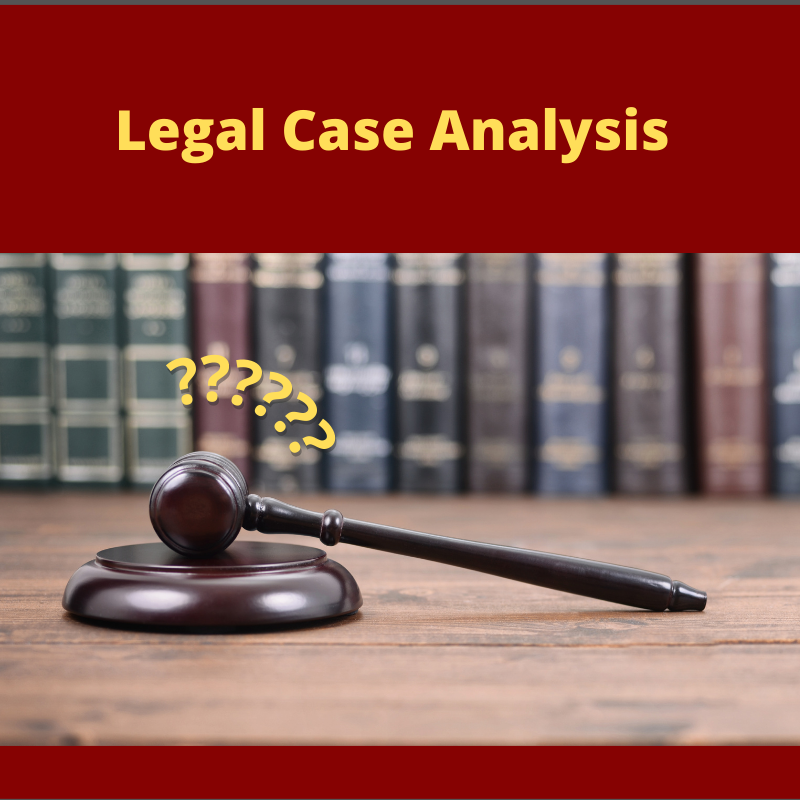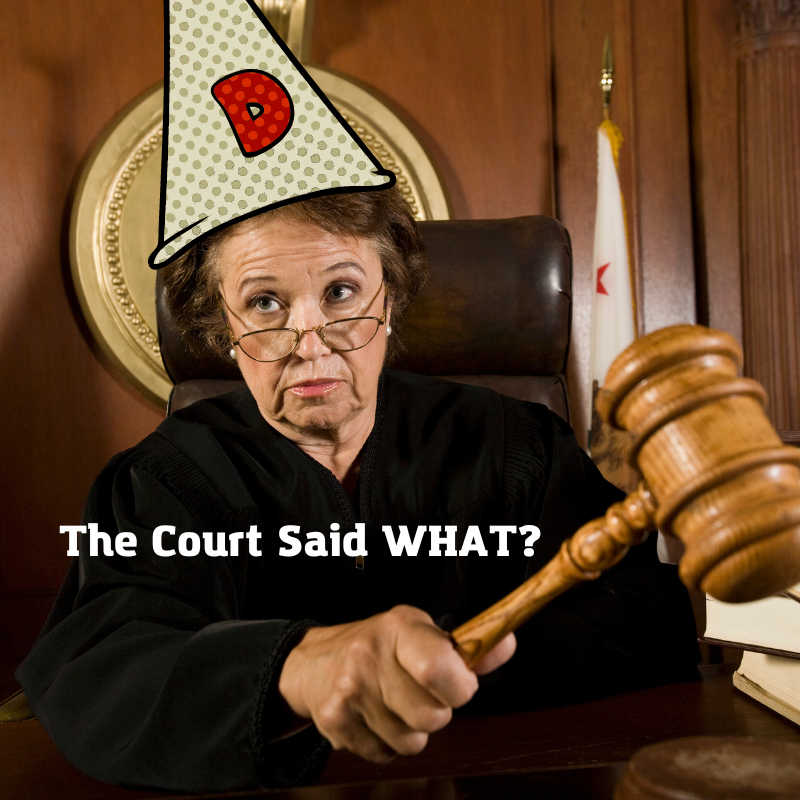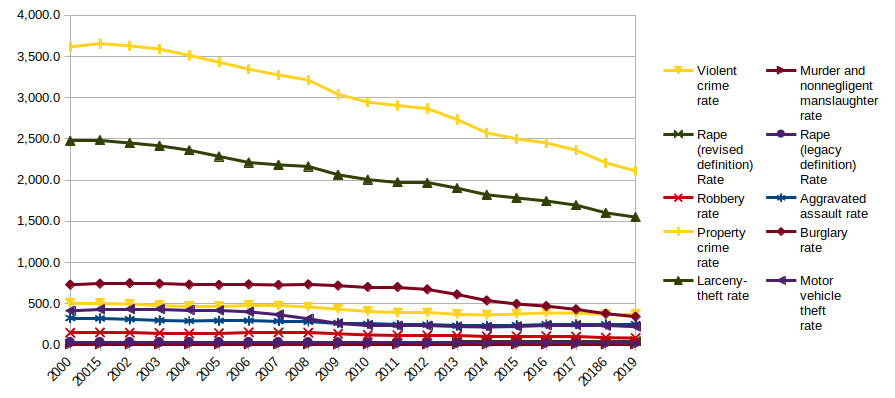Boland v. Bonta Update.

B.L.U.F. In a strategic move the State of California is appealing to the Ninth Circus Court of Appeals in the “Unsafe Handgun Act” case. The district judge found the UHA unconstitutional by requiring Chamber Load Indicator(CLI), Magazine Disconnect Mechanism (MDM), and microstamping. The state is appealing the CLI and MDM but NOT microstamping.
US District Court Judge for the Central District of California, Judge Cormac J. Carney, came to the right decision but his analysis to get there was and is weak. This has lead to the likelihood of this appeal being granted. It was likely to be granted by the Ninth Circuit Court because the en banc court hasn’t seen an infringement they didn’t support.
The Ninth Circuit court is so anti-gun that when a three judge panel found in favor of the plaintiffs(good guys) in Duncan v. Bonta the Second Amendment community was shocked. One of the judges on that panel wrote an opinion explaining exactly how the en banc court was going to find for the state infringements.
In Boland v. Bonta the judge did not find that the UHA was a ban, instead he found that requiring CDL, MDM, and microsamping created a de facto ban which made that part of the UHA unconstitutional.
Consider a regulation that says “You are not allowed to have any firearm with a barleycorn front sight”. This reads like a ban because it is a ban. Now consider a regulation that says “You are only allowed to have firearms with barleycorn front sights.” This is also a ban. It just doesn’t read as clearly as the first.
Now consider a regulation that says “You are only allowed to have firearms that are on this approved list.” That sounds sort of like a ban but maybe not. If the list is comprehensive to the point where you can buy whatever you want it doesn’t feel like a ban. In order to even have standing to challenge the ban you would have to prove to the court that you wanted to purchase a firearm not on the list and had attempted to do so.
Now what if we add another part to the regulation “only firearms with barleycorn front sights can be placed on the list.” This has exactly the same effect as “You are only allowed to have firearms with barleycorn front sights.” It is a ban. If the state changes the list of firearms that it allows, it is still a ban.
This is how the state of California bans handguns. They just don’t put modern handguns on the rooster and thus ban them from the State of California.



